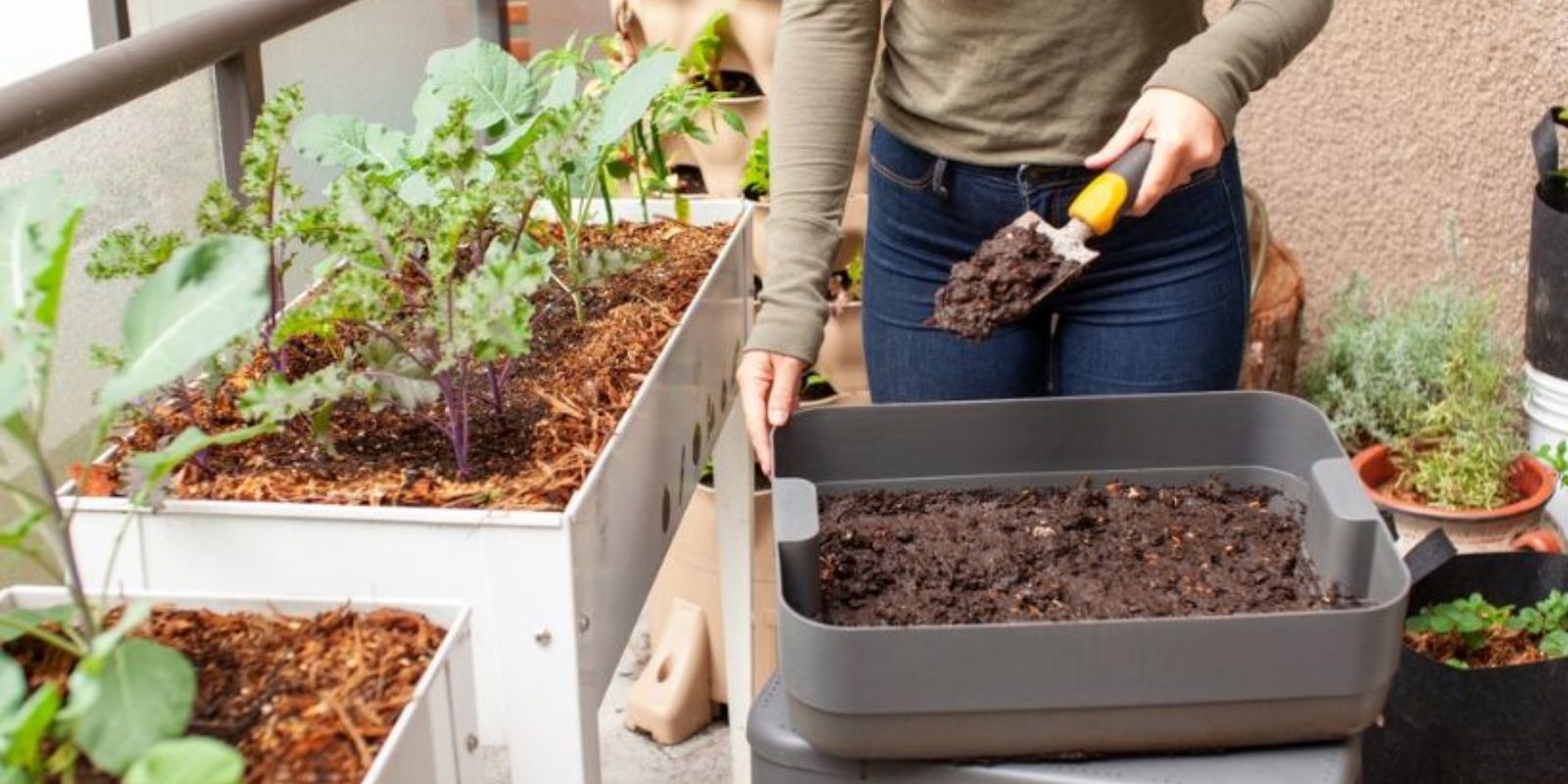Selecting the right fertilizer for your home garden is crucial for ensuring robust plant growth and productivity. Fertilizers provide essential nutrients that soil alone might not offer, helping your plants thrive and yield bountiful harvests. In this comprehensive guide, we’ll walk you through the steps to choose the best fertilizer for your home garden, considering various factors from soil testing to understanding fertilizer types.
1. Understanding Soil Needs
A. Conducting a Soil Test
- Why Soil Testing is Essential:
- Nutrient Levels: Soil testing helps determine the current levels of essential nutrients like nitrogen, phosphorus, and potassium. This information is crucial for selecting a fertilizer that will address any deficiencies.
- pH Levels: Soil pH affects nutrient availability. Testing helps you understand if your soil is acidic, neutral, or alkaline, guiding you to choose fertilizers that will work best under those conditions.
- How to Test Your Soil:
- Purchase a Soil Test Kit: Kits are available at garden centers or online and include instructions for collecting soil samples.
- Collect Samples: Gather soil from various locations in your garden to get a representative sample. Mix well and follow the kit’s instructions for sending or testing the sample.
- Analyze Results: Review the results, which typically include nutrient levels and pH. Use this data to guide your fertilizer choice.
B. Interpreting Soil Test Results
- Nutrient Deficiencies:
- Nitrogen (N): Essential for leaf growth. If your plants show yellowing leaves or stunted growth, nitrogen may be lacking.
- Phosphorus (P): Important for root development and flowering. Symptoms of phosphorus deficiency include poor root growth and reduced flowering.
- Potassium (K): Aids in overall plant health and resistance to disease. Symptoms of potassium deficiency include browning leaf edges and weak stems.
- Adjusting pH Levels:
- Acidic Soils: If your soil is too acidic (below pH 6), choose fertilizers with lime or those designed to neutralize acidity.
- Alkaline Soils: For alkaline soils (above pH 7), select fertilizers that are acidifying or use soil amendments to lower the pH.
2. Types of Fertilizers
A. Organic vs. Synthetic Fertilizers
- Organic Fertilizers:
- Characteristics: Derived from natural sources such as compost, manure, or bone meal. They improve soil structure and provide a slow-release of nutrients.
- Benefits: Enhance soil health and support beneficial microorganisms. They are environmentally friendly and often enhance long-term soil fertility.
- Synthetic Fertilizers:
- Characteristics: Manufactured from chemical compounds to provide nutrients quickly. They are available in various formulations, including granular and liquid.
- Benefits: Offer immediate nutrient availability and precise nutrient ratios. They are useful for addressing specific plant needs and providing quick results.
B. Granular vs. Liquid Fertilizers
- Granular Fertilizers:
- Characteristics: Solid form that releases nutrients slowly over time. They are applied to the soil and incorporated into the top layer.
- Benefits: Provide long-lasting nutrient release and are often used for general feeding of garden beds and lawns.
- Liquid Fertilizers:
- Characteristics: Concentrated solutions that are diluted with water and applied directly to plants or soil.
- Benefits: Offer rapid nutrient absorption and are ideal for addressing immediate deficiencies or providing a quick nutrient boost.
C. Specialty Fertilizers
- Flowering and Fruit-Bearing Plants:
- Formulations: Fertilizers high in phosphorus (e.g., 10-20-10) support blooming and fruit production.
- Application: Use during the growing season to enhance flower and fruit development.
- Vegetables and Herbs:
- Formulations: Balanced fertilizers (e.g., 10-10-10) support overall growth and productivity.
- Application: Apply throughout the growing season to ensure healthy vegetable and herb plants.
3. How to Apply Fertilizer
A. Application Methods
- Broadcasting Granular Fertilizers:
- Technique: Evenly spread granular fertilizer over the soil surface. Use a garden spreader for large areas.
- Incorporation: Lightly work the fertilizer into the topsoil using a rake or garden fork.
- Using Liquid Fertilizers:
- Technique: Dilute according to package instructions and apply directly to the soil or foliage.
- Frequency: Follow the recommended application schedule, typically every 1-2 weeks, depending on plant needs.
B. Timing and Frequency
- Vegetables and Annuals:
- Initial Application: Apply at planting time and follow up with additional feedings throughout the growing season.
- Frequency: Every 4-6 weeks, or as specified by the fertilizer manufacturer.
- Perennials and Shrubs:
- Initial Application: Apply in early spring as new growth begins.
- Frequency: Feed again in mid-summer if needed, but avoid late-season fertilizing.
4. Best Practices for Fertilizer Use
A. Monitoring Plant Health
- Observing Growth Patterns:
- Healthy Plants: Look for signs of vigorous growth, healthy foliage, and abundant blooms or fruit.
- Addressing Issues: If plants show signs of nutrient deficiency or excess, adjust fertilizer types and application rates accordingly.
- Adjusting Fertilizer Application:
- Re-Test Soil: Regularly re-test soil to ensure nutrient levels remain balanced and adjust fertilizer choices as needed.
B. Avoiding Over-Fertilization
- Preventing Nutrient Burn:
- Proper Dosage: Follow recommended application rates to avoid burning plant roots or foliage.
- Watering: Water thoroughly after applying fertilizer to help nutrients penetrate the soil and reduce the risk of burning.
- Environmental Considerations:
- Avoid Runoff: Apply fertilizers when rain is not imminent to prevent runoff into waterways.
- Minimize Impact: Use only the necessary amount of fertilizer to reduce environmental impact and support sustainable gardening practices.
5. Conclusion
Choosing the best fertilizer for your home garden involves understanding your soil’s needs, selecting the right type of fertilizer, and applying it correctly. By following these guidelines, you can provide your plants with the nutrients they need to thrive, leading to a vibrant and productive garden.
Motivation:
Unlock your garden’s full potential with the right fertilizer! Share your experiences and tips with fellow gardeners to inspire a flourishing garden community.
Hashtags:

